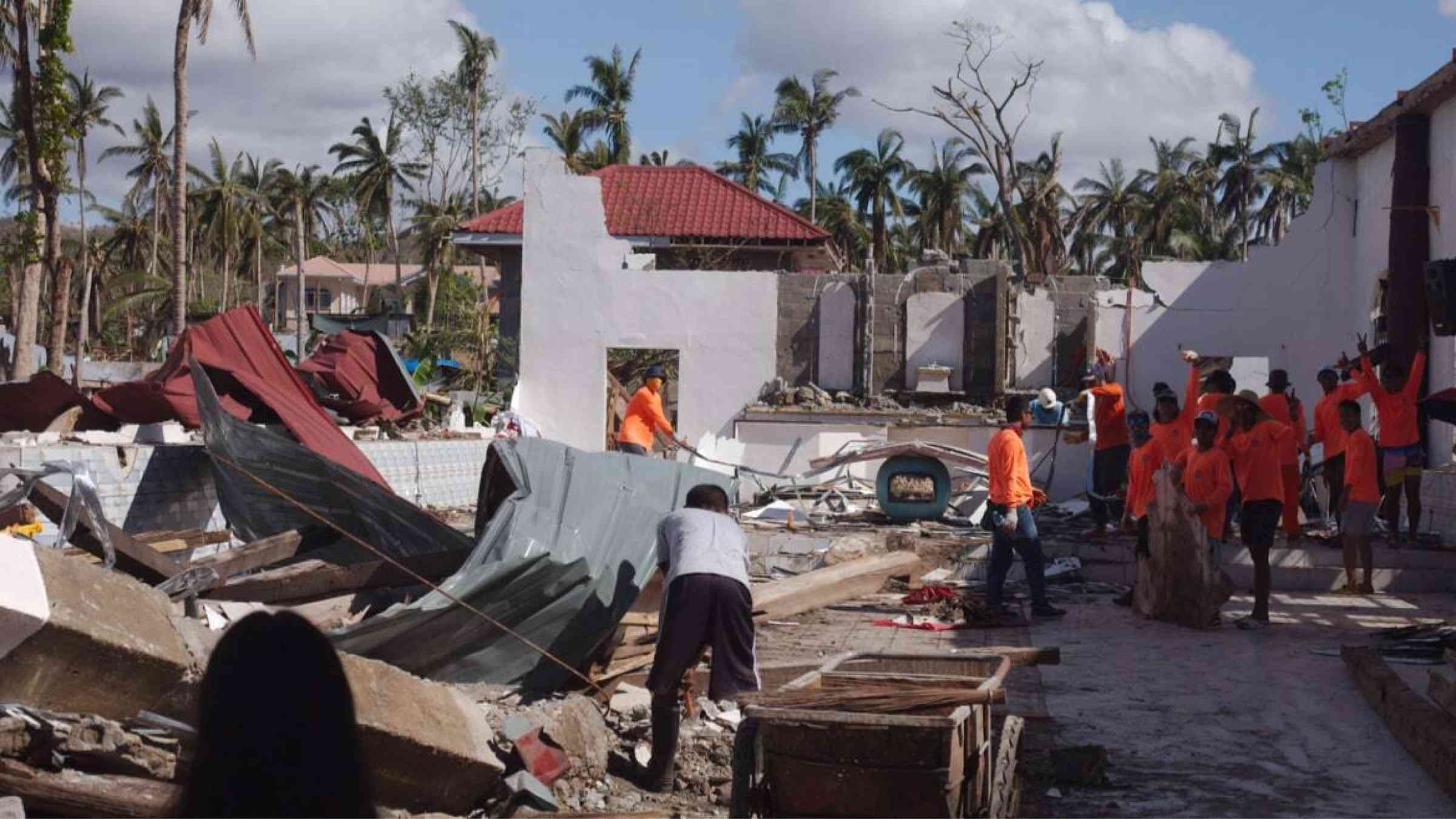Vulnerable Philippines – working towards climate adaptation

[...]
The Philippines passed the Climate Change Act in 2009 to adapt to climate change and mitigate its impacts.
The Climate Change Act creates the Climate Change Commission, which is the policy-making body tasked to coordinate, monitor, and evaluate the programs and action plans of the government relating to climate change. The Climate Change Act also requires the Local Government Units (LGUs) to develop their Local Climate Change Action Plan (LCCAP).
In April 2010, the country adopted the National Framework Strategy on Climate Change (NFSCC), which shows the country’s commitment to ensuring and strengthening the adaptation of natural ecosystems and human communities to climate change.
The framework aspires to chart a cleaner development path for the Philippines, highlighting the mutual benefits of both climate mitigation and adaptation and serving as a roadmap on which the national climate change program will be based.
Following the NFSCC adoption, the country formulated the National Climate Change Action Plan (NCCAP) for 2011 to 2028.
[...]